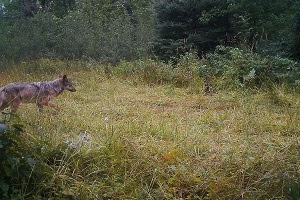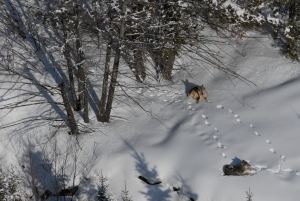Brown Booby Makes Rare Appearance in Missouri Ozarks

The seabird made history after popping up along the Current River in Ripley County.
JEFFERSON CITY, Mo. – Missouri welcomes numerous flying visitors throughout the year, but the state recently made history after a seabird was spotted in the Ozarks. Missouri Department of Conservation (MDC) staff have confirmed a Brown Booby has shown up along the Current River in Ripley County.
The bird was first spotted by Debbie Prance-Orosz this past Saturday while she and her family were out enjoying the river. Not knowing what the bird was, she snapped a photo and posted it to her Facebook page.
“We first got word of it after it was posted to Facebook this past weekend wondering what it was,” said MDC Forester and avid birder Steve Paes. “We didn’t know where it was, other than somewhere on the Current River. After asking around, I got a tip on its location. On Monday, I set out on the river with Cindy Bridges with the Missouri Birding Society and we eventually found it perched on a dead tree.”
Brown Boobies are large, long-winged seabirds that are often seen from southern Florida south on the Caribbean and Pacific coasts of Central America to northern South America.
According to MDC State Ornithologist Sarah Kendrick, this is the first recorded sighting of a Brown Booby in Missouri. Read more





 The Asian longhorned beetle was first detected in the U.S. in 1996, when a Brooklyn, New York resident noticed a large, black beetle with irregular white spots and black-and-white banded antennae and reported it. Since that time, the Asian longhorned beetle has been found in 20 locations in six states, including New York, New Jersey, Massachusetts, Illinois, Ohio and, most recently, South Carolina.
The Asian longhorned beetle was first detected in the U.S. in 1996, when a Brooklyn, New York resident noticed a large, black beetle with irregular white spots and black-and-white banded antennae and reported it. Since that time, the Asian longhorned beetle has been found in 20 locations in six states, including New York, New Jersey, Massachusetts, Illinois, Ohio and, most recently, South Carolina. 


